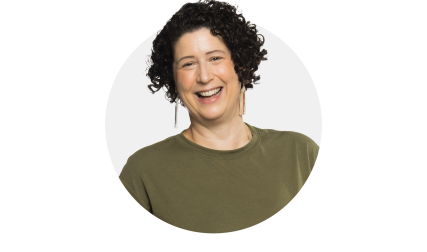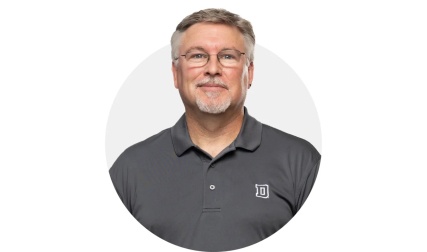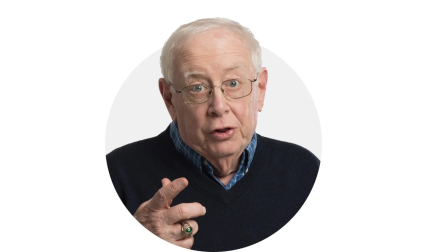What are the primary concerns of your students?
They are gems of their communities, but a lot of times they could be the main person in their family whom everyone depends on. Rather than focusing on their studies, they still have concerns and worries about what’s going on back home.
So are you something of a counselor?
Yes. It’s basically just letting them know it’s okay—it’s okay to be torn, it’s okay to feel the overwhelming obligation, it’s okay to be disoriented.
What was your experience as a student?
As a freshman I struggled a lot with so many things. We were still dealing with that stupid Indian symbol. And I hated the trees. I grew up in a desert, in southern Utah, where there are no trees: You can see the sun come up and go down, and there’s nothing ever blocking your view. Here, I felt as though I had horse blinders on. I had no sense of direction.
How do you interact with students?
The office has a lounge, and they constantly come in. The kids love it. There’s a lot that this office needs. This program has been in existence for 50 years, but the last 20 have been pretty broken. We need to update the Native American program website. There’s no historical knowledge in the office, including on budgets. It’s hard to rebuild the wheel when you’ve had these voids, but we’re doing it.
You are also helping some Native students learn their own languages?
Nick Reo, a professor in Native American and Indigenous studies, is the contact for learning your own language. A lot of students are learning Hawaiian. At least one is learning Cherokee, one Apache.
Why is this a good college for Native American students?
Knowing that it was created for them in the first place. These are people we depend on to stand up for Native rights. It’s incredible what our alumni do.
Would you teach us how to say something in Navajo?
Thank you: Ahéhee’ (uh-HYEH-heh).




